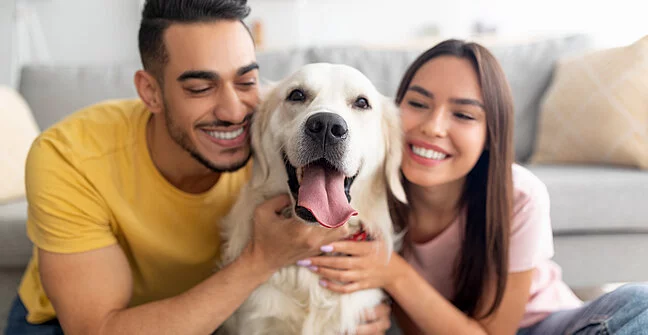
Car Import
Do you want to bring your car to Austria from abroad? There are a few steps you need to take when importing a vehicle and we explain here what you need to consider and which documents are required.
The 3 essential steps:
- 01
Typification of the car
The data of your car has to be entered in the European database. The general import car dealer/company of your car brand will do that for you
- 02
Tax payment at the financial authorities (NOVA)
The standardized consumption tax (NoVA) is a one-off tax in Austria that is payable ;a.o. upon the delivery or first registration (→ oesterreich.gv.at)registration (→ oesterreich.gv.at) () (import, move) of passenger cars (class M1) as well as motorcycles and quad bikes (class L cubic capacity above 125 cm³). Light commercial (class N1) vehicles are not subject to the NoVA until 30 June 2021. They will be subject to taxation starting 1 July 2021.
You can file a document at the financial authorities and pay the tax amount. The amount depends on the type of your car (hybrid, electro, etc.) PS, the production year and the amount of CO2 emission.
- 03
Car registration in Austria
After your tax payment, you can go ahead and register your car to receive your license plate. With this link you can calculate the approximate NOVA amountNOVA amount ()
Additional Information
Please find more details here.
Website of the Austrian Automobile, Motorcycle and Touring Club (ÖAMTC) in German.
Fine more information about BMF - NoVa calculator here (in German).
Necessary documents
- Purchasing contract and the invoice. It is important that the VAT is shown on the invoice. This is the only way that the net purchase price paid can be used for the NoVA calculation at the Austrian tax office.
- You need the so-called COC papers (for entry in the EU vehicle database). These can be applied for either online or at the general importer in Austria.
If you import your car from the US or UK it is recommended to contact the LandesprüfstelleLandesprüfstelle () in your federal state to make sure that your cars are meeting the necessary EU criteria otherwise you need a special allowance and adapt certain features at your cars.
Additional Information
If you import your car from the US or UK it is recommended to contact the Landesprüfstelle in your federal state to make sure that your cars are meeting the necessary EU criteria otherwise you need a special allowance and adapt certain features at your cars.
Please find a list of all accredited application centers in German here.
You can find more information about importing cars here.

